 W
WThe speckled litter skink is a species of lizard in the family Scincidae. It is endemic to New Caledonia.
 W
WThe Koumac litter skink is a species of lizard in the family Scincidae. It is endemic to New Caledonia.
 W
WChazeau's litter skink is a species of lizard in the family Scincidae. It is endemic to New Caledonia.
 W
WThe cryptic litter skink is a species of lizard in the family Scincidae. It is endemic to New Caledonia.
 W
WThe Panié litter skink is a species of lizard in the family Scincidae. It is endemic to New Caledonia.
 W
WRenevier's litter skink is a species of lizard in the family Scincidae. It is endemic to New Caledonia.
 W
WThe Mandjélia litter skink is a species of lizard in the family Scincidae. It is endemic to New Caledonia.
 W
WThe southern pale-hipped skink is a species of lizard in the family Scincidae. It is endemic to New Caledonia.
 W
WThe northern pale-hipped skink is a species of lizard in the family Scincidae. It is endemic to New Caledonia.
 W
WThe common litter skink is a species of lizard in the family Scincidae. It is endemic to New Caledonia.
 W
WCorrelophus is a genus of lizards in the family Diplodactylidae endemic to New Caledonia. It includes three species:Correlophus belepensis Bauer et al., 2012 Correlophus ciliatus Guichenot, 1866 Correlophus sarasinorum Roux, 1913
 W
WThe crested gecko or eyelash gecko is a species of gecko native to southern New Caledonia. In 1866, the crested gecko was described by a French zoologist named Alphone Guichenot. This species was thought extinct until it was rediscovered in 1994 during an expedition led by Robert Seipp. Along with several Rhacodactylus species, it is being considered for protected status by the Convention on the International Trade in Endangered Species of Wild Flora and Fauna. It is popular in the pet trade.
 W
WEurydactylodes is a small genus of geckos, sometimes called chameleon geckos, which are found on the main island of New Caledonia.
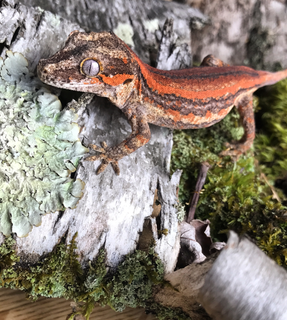 W
WThe gargoyle gecko or New Caledonian bumpy gecko is a species of gecko found only on the southern end of the island of New Caledonia. Its habitat is threatened by deforestation on the island. This gecko, along with several other Rhacodactylus species are being considered for protective measures by CITES, which would put restrictions on their exportation. This gecko was first described by Bavay in 1869.
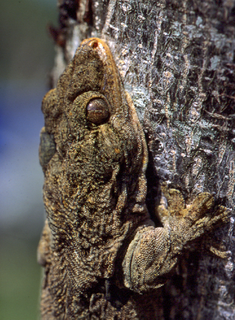 W
WGehyra georgpotthasti is a species of web-toed gecko, found on several Melanesian and Polynesian islands.
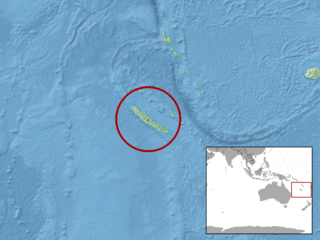 W
WGeoscincus is a monotypic genus of skinks: the only accepted species is Geoscincus haraldmeieri.
 W
WThe giant litter skink is a species of lizard in the family Scincidae. It is endemic to New Caledonia.
 W
WGraciliscincus is a lizard genus in the family Scincidae. The genus is indigenous to New Caledonia.
 W
WHemiphyllodactylus typus, also known as the Indopacific tree gecko, Indopacific slender gecko, or common dwarf gecko, is a species of gecko found in South Asia, Southeast Asia, and East Asia, and some islands in the Indian and Pacific Oceans.
 W
WHydrophis peronii, commonly known as the horned sea snake, Peron's sea snake, and the spiny-headed seasnake, is a species of venomous snake in the subfamily Hydrophiinae of the family Elapidae. The species is endemic to the western tropical Pacific Ocean. It is the only sea snake with spines on the head. Like all other members of the family Elapidae, it is venomous. It is sometimes placed in its own genus Acalyptophis.
 W
WLioscincus steindachneri, also known commonly as the white-lipped forest skink or Steindachner's ground skink, is a species of lizard in the family Scincidae. The species is endemic to New Caledonia.
 W
WLioscincus vivae is a species of lizard in the family Scincidae. The species is endemic to New Caledonia.
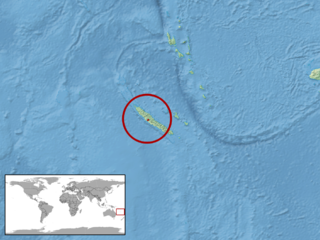 W
WMarmorosphax boulinda is a species of skink found in New Caledonia.
 W
WMarmorosphax kaala is a species of skink found in New Caledonia.
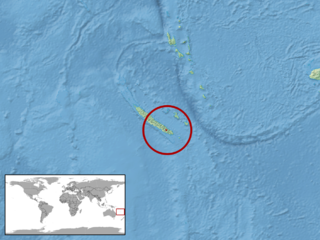 W
WMarmorosphax montana is a species of skink found in New Caledonia.
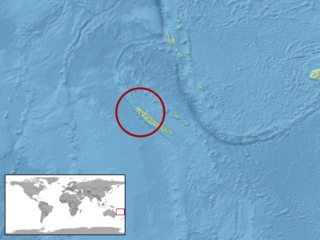 W
WMarmorosphax taom is a species of skink found in New Caledonia.
 W
WThe marble-throated skink is a species of skink found in New Caledonia.
 W
WMniarogekko chahoua commonly known as the mossy New Caledonian gecko, short-snouted New Caledonian gecko, Bavay's giant gecko, or mossy prehensile-tailed gecko, is an arboreal gecko found natively on the southern portion of the island of New Caledonia and on the outlying islands of Île des Pins.
 W
WThe New Caledonian sea krait is a species of venomous snake in the subfamily Hydrophiinae of the family Elapidae. The species is native to the waters around New Caledonia.
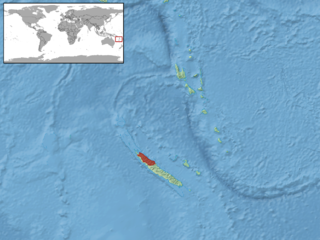 W
WThe northern litter skink is a species of lizard in the family Scincidae. It is endemic to New Caledonia.
 W
WGarnier's skink is a species of skink found in New Caledonia.
 W
WRhacodactylus is a genus of medium to large geckos of the family Diplodactylidae. All species in this genus are found on the islands that make up New Caledonia.
 W
WRhacodactylus leachianus, commonly known as the New Caledonian giant gecko or Leach's giant gecko or colloquially Leachie, is a large species of gecko in the family Diplodactylidae. The species, which was first described by Georges Cuvier in 1829, is endemic to New Caledonia.
 W
WCorrelophus sarasinorum, also called commonly Roux's giant gecko, Sarasins' giant gecko, Sarasin's [sic] giant gecko (incorrectly), and the suras gecko, is a species of lizard in the family Diplodactylidae. The species is native to the southern portions of the outlying New Caledonian island of Grande Terre.
 W
WDeplanche's shiny skink is a species of skink found in New Caledonia.
 W
WSigaloseps ruficauda is a species of skink found in New Caledonia.
 W
WStokes's sea snake is a large species of sea snake in the family Elapidae. It is sometimes placed in its own genus Astrotia. The species is endemic to tropical Indo-Pacific oceanic waters.
 W
WThe Strand litter skink is a species of lizard in the family Scincidae. It is endemic to New Caledonia.
 W
WThe terror skink, also called Bocourt's terrific skink or Bocourt's eyelid skink, is a species of skink endemic to the Île des Pins, a small islet off the coast of New Caledonia. First described in 1876, it was presumed to be extinct, but was rediscovered in 1993, and since then several individuals have been seen. Because of its small area of occupation and small population size, the International Union for Conservation of Nature has assessed its conservation status as being "endangered".
 W
WAubrey's whiptailed skink is a species of skink found in New Caledonia.
 W
WTropidoscincus boreus is a species of skink found in New Caledonia.
 W
WThe southern whiptailed skink is a species of skink found in New Caledonia. Tropidoscincus variabilis is a medium-sized, long-limbed and long-tailed skink with strong ontogenetic change in coloration. They are more brightly colored as juveniles. They live primarily in forests and heathlands. Mature males and females are roughly the same size, but females have longer bodies, shorter heads and limbs, and a less brightly orange venter.Females lay 2-4 eggs in summer, and young hatch in late summer. More than one year of growth is required to attain maturity. They eat a large variety of invertibrates, particularly spiders and crickets. Juveniles eat more spiders, bugs and isopods than adults.